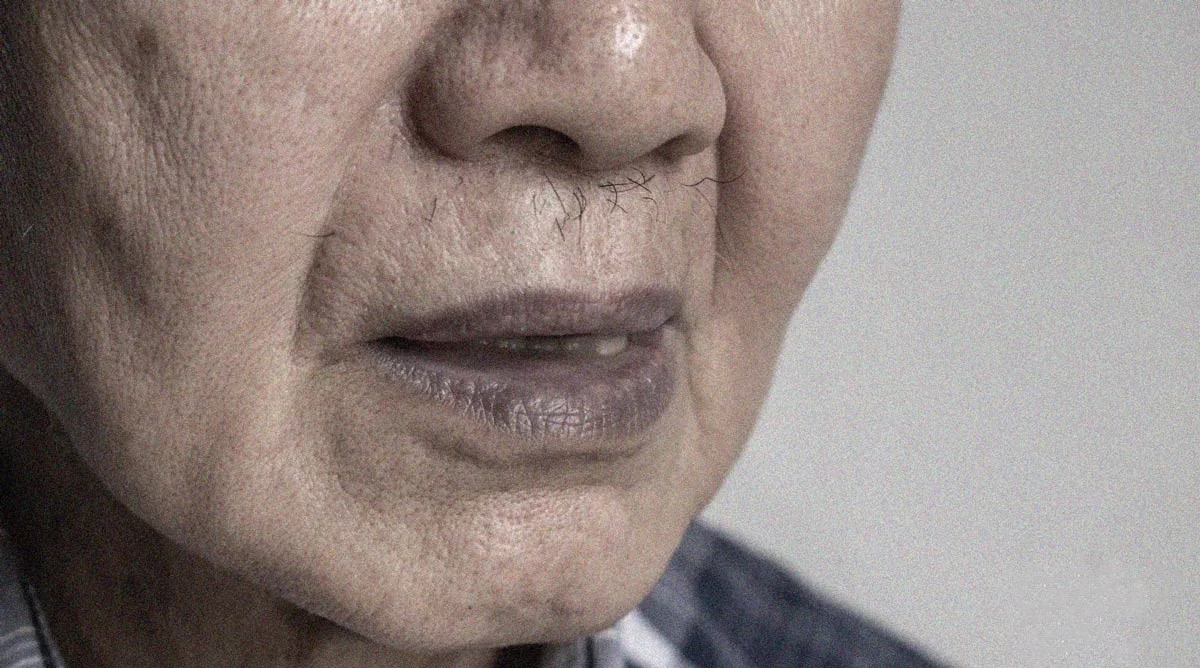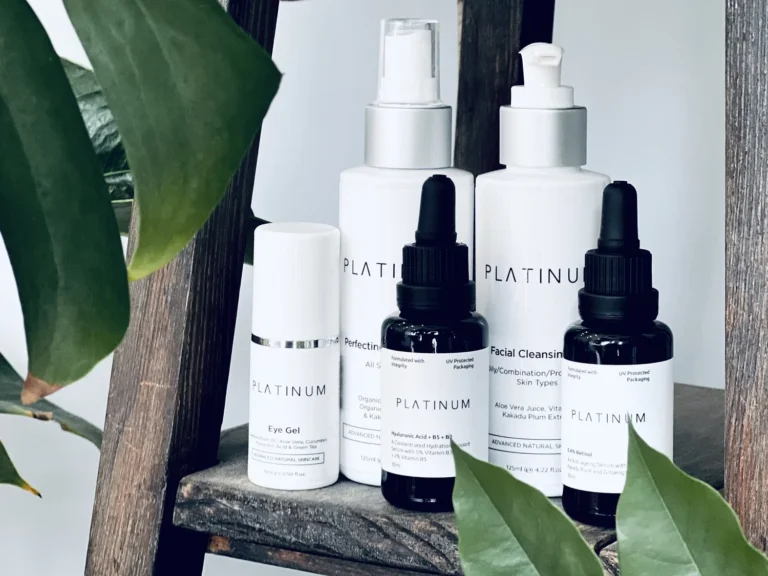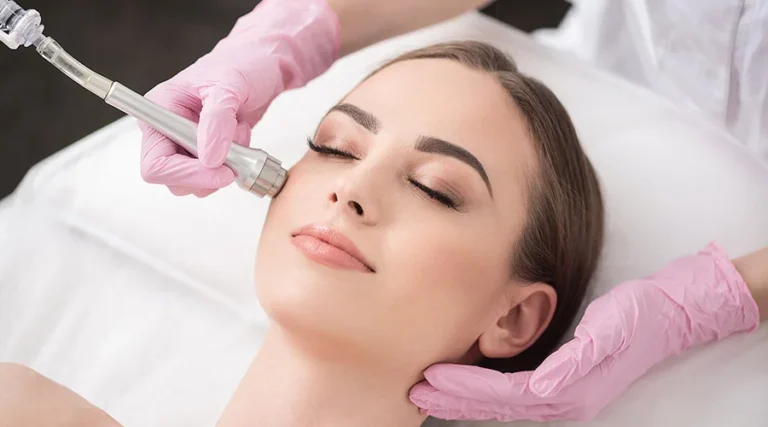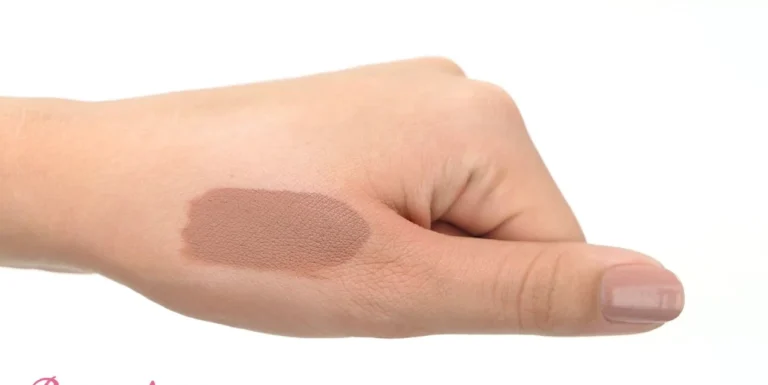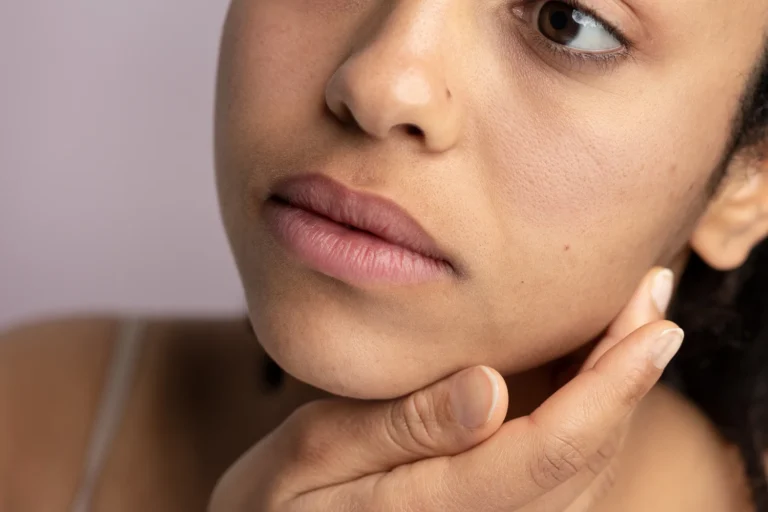Ashen Skin: Understanding Causes, Symptoms, and Treatment
Have you ever glanced in the mirror and noticed your complexion looking a bit grayish or unusually pale? If so, you might have wondered about the phenomenon commonly referred to as “ashen skin.” It’s a term that floats around, but what exactly does it mean and why does it occur? In this comprehensive guide, we’re going to unravel the mysteries surrounding ashen skin, diving into its causes, symptoms, and the various treatment options available. Let’s dive right in and shed some light on this intriguing skin condition!
What Is Ashen Skin?
Ashen skin is a term that describes a type of dry skin that has a whitish or grayish appearance, similar to ashes. It can affect people of any skin tone, but it is more noticeable in people with darker skin. Ashen skin can have various causes, ranging from environmental factors to underlying medical conditions. In this article, we will explore some of the common causes, symptoms, diagnosis, and treatments of ashen skin.
Causes of Ashen Skin
Ashen skin can be caused by anything that reduces the moisture or oxygen levels in the skin. Some of the common causes are:
- Harsh weather conditions: Cold, dry, or low-humidity climates can reduce the moisture in the skin and make it more prone to dryness and flaking. Exposure to sun, wind, or pollution can also damage the skin and cause it to lose its elasticity and radiance.
- Heat: Artificial heating sources, such as space heaters, central heating, or fireplaces, can also dry out the skin and lower the humidity in the air. Hot baths or showers can strip the natural oils from the skin and make it more susceptible to dehydration and irritation.
- Harsh soaps and detergents: Some skin and hair care products, such as soaps, shampoos, or cleansers, can contain harsh chemicals or fragrances that can remove the protective layer of the skin and disrupt its pH balance. This can make the skin more sensitive and inflamed, and lead to ashen skin.
- Lifestyle: Poor hydration, nutrition, or sleep can affect the skin’s health and appearance. Smoking can also damage the skin and reduce its blood flow and oxygen supply. Lack of exfoliation or moisturization can cause dead skin cells to accumulate on the surface and give the skin a dull and ashy look.
- Anemia: Iron deficiency Anemia is another common factor leading to ashen skin. Iron plays a crucial role in oxygen transport, and when levels are low, skin cells may not receive an adequate oxygen supply, resulting in a lackluster appearance. Understanding the connection between nutrition and skin health becomes pivotal in addressing this cause.
- Illness: Certain medical conditions can cause ashen skin as a symptom or a side effect. For example, diabetes, kidney disease, thyroid disease, and cancer can affect the skin’s hydration and oxygenation. Some medications, such as chemotherapy drugs or diuretics, can also cause dry and ashy skin. Vitamin deficiencies, such as vitamin A, D, iron, niacin, or zinc, can also impair the skin’s function and appearance.
- Cyanosis: Cyanosis is a serious condition that occurs when the blood does not have enough oxygen. It can cause the skin, lips, or nails to turn blue, gray, or purple. Cyanosis can be caused by various heart or lung diseases, such as asthma, bronchitis, pneumonia, or congenital heart defects. Cyanosis can also be caused by drug overdose, carbon monoxide poisoning, or high altitude. Recognizing cyanosis is critical as it signifies a medical emergency, requiring immediate attention for proper diagnosis and intervention.
Symptoms of Ashen Skin
The main symptom of ashen skin is a whitish or grayish color of the skin, especially on the knees, elbows, hands, feet, or face. The skin may also feel rough, dry, itchy, flaky, or cracked. In some cases, the skin may peel, bleed, or become infected. Depending on the cause, ashen skin may be accompanied by other symptoms, such as:
- Gray or Pale Complexion
- Cold or Numb Extremities
- Fever
- Chest pain
- Difficulty breathing
- Headache
- Fatigue
- Confusion
- Rash
- Inflammation
- Discoloration
If you experience any of these symptoms, especially cyanosis, you should seek medical help as soon as possible.
Diagnosis of Ashen Skin
To diagnose the cause of ashen skin, your doctor will ask you about your medical history, lifestyle, and symptoms. They will also examine your skin and check your vital signs, such as your pulse, blood pressure, and oxygen saturation. They may also order some tests, such as:
- Blood tests: To check your blood sugar, electrolytes, kidney function, thyroid function, and vitamin levels.
- Urine tests: To check your hydration status and kidney function.
- Chest X-ray: To check your lungs for any signs of infection or disease.
- Electrocardiogram (ECG): To check your heart rhythm and function.
- Echocardiogram: To check your heart structure and function.
- Pulse oximetry: To measure the oxygen level in your blood.
Based on the results, your doctor will determine the cause of your ashen skin and prescribe the appropriate treatment.
Treatment of Ashen Skin
The treatment of ashen skin depends on the cause and severity of the condition. Some of the common treatments are:
- Improving Blood Circulation: Combatting poor circulation involves incorporating regular physical activity into your routine. Simple exercises like walking, jogging, or yoga can stimulate blood flow, bringing color and vitality back to your skin. Additionally, avoiding prolonged periods of inactivity can significantly contribute to improved circulation.
- Balanced Nutrition: Addressing iron deficiency anemia calls for a conscious effort to consume iron-rich foods. Incorporate a variety of sources, such as lean meats, leafy greens, and legumes, into your diet. Additionally, consider foods high in vitamin C, as it enhances iron absorption, contributing to a healthier, more radiant complexion.
- Moisturize your skin: Applying a moisturizer to your skin at least twice a day can help restore its moisture and prevent it from drying out. Choose a moisturizer that is suitable for your skin type and does not contain any harsh ingredients, such as alcohol, fragrance, or color. You can also use natural oils, such as coconut oil, olive oil, or almond oil, to moisturize your skin.
- Drink enough water: Drinking enough water and fluids can help hydrate your skin and body. Aim for at least eight glasses of water a day, or more if you are sweating or exercising. You can also drink herbal teas, juices, or soups to increase your fluid intake. Avoid drinks that can dehydrate you, such as alcohol, caffeine, or soda.
- Exfoliate your skin: Exfoliating your skin once or twice a week can help remove the dead skin cells that make your skin look ashy. You can use a gentle scrub, a loofah, or a washcloth to exfoliate your skin. Be careful not to over-exfoliate or scrub too hard, as this can damage your skin and cause irritation or inflammation.
- Protect your skin: Protecting your skin from the sun, wind, and cold can help prevent it from drying out and becoming ashy. Wear sunscreen, hats, sunglasses, and protective clothing when you go outside. Avoid exposure to extreme temperatures and humidity. Use a humidifier or a vaporizer to add moisture to the air in your home or office.
- Nourish your skin: Eating a balanced and nutritious diet can help nourish your skin and body. Include foods that are rich in antioxidants, vitamins, minerals, and healthy fats, such as fruits, vegetables, nuts, seeds, fish, and olive oil. Avoid foods that are processed, fried, sugary, or salty, as they can deplete your skin’s moisture and nutrients.
- Medicate: If your ashen skin is caused by an underlying medical condition or a medication, you may need to take medication to treat the cause and improve your skin. Follow your doctor’s instructions and take your medication as prescribed. Do not stop or change your medication without consulting your doctor. Inform your doctor of any side effects or allergic reactions you may have to your medication.
- Oxygenate: If your ashen skin is caused by cyanosis, you may need to receive oxygen therapy to increase the oxygen level in your blood. Oxygen therapy can be delivered through a mask, a nasal cannula, or a tube inserted into your windpipe. You may need to receive oxygen therapy in a hospital or at home, depending on the severity of your condition.
Home Remedies for Ashen Skin
Ashen skin can be treated with some natural or homemade remedies that can help moisturize, soothe, and heal the skin. Some of the home remedies for ashen skin are:
- Aloe vera: Aloe vera, a botanical gem endowed with anti-inflammatory, antibacterial, and moisturizing prowess that can be a game-changer for ashen skin. Embrace the ritual of applying fresh aloe vera gel or juice to affected areas, leaving it to work its magic for 15 to 20 minutes before rinsing with water. This uncomplicated remedy, when repeated once or twice daily, serves as a soothing regimen until you witness the transformative improvements on your skin.
- Honey: Honey is a natural moisture-locking marvel. Beyond its sweet taste, honey boasts antibacterial, antifungal, and antioxidant prowess, making it a true superhero for preventing and treating infections and skin damage. Embrace the ritual of applying raw honey to affected areas, letting it sit for 10 to 15 minutes before a gentle rinse with water. Repeat this simple yet effective routine once or twice daily, and watch your skin transform with each application.
- Oatmeal: Oatmeal is a natural exfoliant that can help remove dead skin cells and impurities from the skin. It also has anti-inflammatory and soothing properties that can help relieve itching, irritation, and inflammation. You can make an oatmeal bath by adding one cup of finely ground oatmeal to a tub of warm water. Soak in the oatmeal bath for 15 to 20 minutes, and then pat your skin dry with a soft towel. You can do this once or twice a week until you see improvement.
- Yogurt: Yogurt is a natural source of lactic acid, which can help exfoliate and brighten the skin. It also has probiotics and proteins that can help nourish and repair the skin. You can apply plain yogurt to the affected areas and leave it for 10 to 15 minutes before rinsing it off with water. You can do this once or twice a day until you see improvement.
Top Products to Brighten Ashen Skin
Looking to revitalize your complexion and bid farewell to ashen skin? Check out these top-notch products tailored to bring back your skin’s natural radiance:
1. Moisturizers
Keep your skin hydrated and banish dryness with these trusted moisturizers:
- Cetaphil Daily Hydrating Lotion
- Neutrogena Hydro Boost Gel Cream
- Aveeno Daily Moisturizing Lotion
2. Exfoliators
Say goodbye to dullness by incorporating these exfoliating heroes into your routine:
- Paula’s Choice Skin Perfecting 2% BHA Liquid
- The Ordinary Glycolic Acid 7% Toning Solution
- CeraVe SA Smoothing Cream
3. Vitamin C Serums
Brighten up your complexion and even out skin tone with these vitamin C serums:
- TruSkin Vitamin C Serum
- SkinCeuticals C E Ferulic Serum
- Drunk Elephant C-Firma Day Serum
4. Hyaluronic Acid
Give your skin a hydration boost with these hyaluronic acid-infused products:
- The Ordinary Hyaluronic Acid 2% + B5
- La Roche-Posay Hyalu B5 Hyaluronic Acid Serum
- Mario Badescu Hyaluronic Dew Cream
5. Sunscreen
Protect your skin from harmful UV rays and prevent further damage with these sunscreens:
- EltaMD UV Clear Broad-Spectrum SPF 46
- La Roche-Posay Anthelios Melt-in Milk Sunscreen SPF 60
- Neutrogena Ultra Sheer Dry-Touch Sunscreen SPF 100+
With these skincare essentials, you’ll be well on your way to achieving a brighter, healthier-looking complexion. Remember to choose products suitable for your skin type and concerns, and don’t forget to patch test new products before diving in headfirst. Consistency is key, so stick to your routine and watch your skin glow! If you’re unsure about what products are best for you, consider consulting with a dermatologist for personalized advice.
When to Seek the Guiding Light
While ashy skin is often benign, certain scenarios warrant a closer look:
- Persistent Itchiness: When scratching becomes an incessant refrain, it’s time to consult the experts. Open sores are unwelcome guests.
- Over-the-Counter Woes: If lotions and creams fail to soothe your skin, consider seeking professional advice. Sometimes, the remedy lies beyond the drugstore aisle.
- Quality of Life: When ashen skin interferes with daily tasks or dampens your spirits, don’t hesitate to seek guidance. Your well-being matters.
Conclusion
In the realm of skincare, ashen skin unfolds as a manifestation of dryness, presenting a distinct whitish or grayish tint. Its origins are diverse, influenced by factors like environment, lifestyle, illness, or cyanosis. The language of ashen skin speaks through symptoms—dryness, itchiness, flakiness, or cracking—prompting a need for accurate diagnosis through a doctor’s examination and tests.
Effective treatment for ashen skin involves a personalized approach. Moisturizing, hydrating, exfoliating, protecting, nourishing, medicating, or oxygenating the skin are viable options tailored to the cause and severity of the condition.
Crucially, prevention is anchored in conscientious skincare and health practices. Taking good care of your skin and overall well-being becomes the key to steering clear of ashen skin. By recognizing and responding to its nuances, individuals can foster a complexion that exudes health and vitality.

